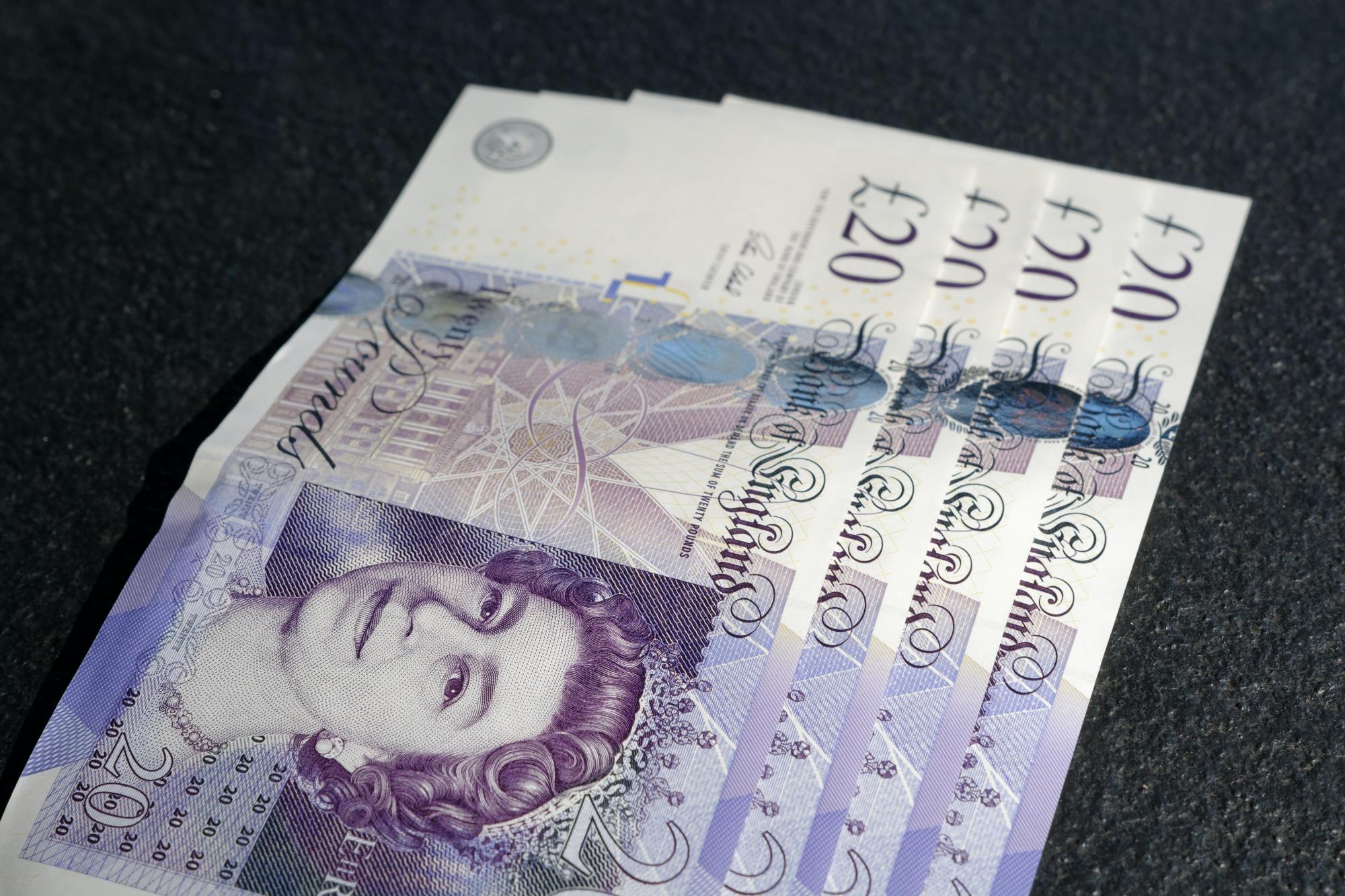Test- FTSE 100 Kicks Off August on a High as BP and Senior Lead Market Momentum
$11
10 Oct 2025, 13:13

Unsplash.com

In the year to June, the rate of price growth decreased from 8.7% in May to 7.9%.
The rate of food inflation for commodities like sugar, olive oil, and cooking sauces has decreased but still is significant (17.3%).
The Bank of England raised interest rates 13 times, reaching a maximum of 5%, in an effort to moderate price increases.
What exactly does inflation mean?
The price of anything rising over time is known as inflation.
If a loaf of bread costs £1 today but costs £1.05 tomorrow, bread inflation is 5% annually.
How is the rate of inflation in the UK calculated?
The Office for National Statistics (ONS) keeps track of the costs for hundreds of common products in a fictitious "basket of goods".
To reflect current buying habits, the basket is updated often.
The inflation rate for each month demonstrates how much these costs have increased since the same time last year.
The Consumer Prices Index (CPI) is the primary "headline" indicator of inflation, however, it can be calculated in a number of different ways.
Core inflation: What is it?
Core inflation does not include the cost of food, drink, tobacco, and energy.
In June, this indicator was 6.9%, down from 7.1% in May, which was the highest level since 1992.
When considering whether to change interest rates, the Bank of England takes into account both this statistic and the headline inflation rate.
Why are costs increasing so quickly?
High food and energy prices have contributed to rising inflation.
As things began to return to normal after Covid, demand for oil and gas increased. In addition, because less was available from Russia due to the conflict in Ukraine, prices were further pushed upward.
The conflict also decreased the supply of grain, which increased grain prices globally.
Food inflation in the UK reached a 45-year high in February as a result of this impact and a lack of lettuce and other vegetables.
The cost of alcohol also increased in both bars and restaurants.
How does combating inflation with higher interest rates work?
Although the Bank of England aims to keep inflation at 2%, the present rate is much higher.
Interest rates are typically raised as a reaction to growing inflation.
Due to the increased cost of borrowing, certain borrowers who have mortgages may experience an increase in their monthly payments. Additionally, certain saving rates rise.
People buy fewer items when they have less money to spend, which decreases the demand for products and slows price increases.
Businesses may also cut employees and hire less as a result of borrowing less money.
Are salaries keeping pace with inflation?
The wages of many employees aren't keeping up with the rate of inflation.
Between March and May, regular salary increased by 7.3% over the same time last year.
However, when inflation is taken into account, it really decreased by 0.8%.
Many workers have gone on strike over pay because unions believe that salaries should reflect the cost of living.
Large wage increases, according to the government, might raise inflation because businesses might raise their pricing as a response.
How soon will inflation decline?
Lower inflation does not imply lower pricing. Simply put, they climb at a slower pace.
Instead of the 4% it had anticipated, the Bank of England now expects inflation to reach 5% by the end of 2023.
People "should trust that their hard-earned money maintains its value," according to Bank Governor Andrew Bailey, therefore it is "crucial that we see the job through" and bring price hikes back to the 2% objective.
However, he acknowledged that price inflation was "more sticky than initially anticipated."
(Sources: bbc.co.uk, ons.gov.uk, obr.uk)